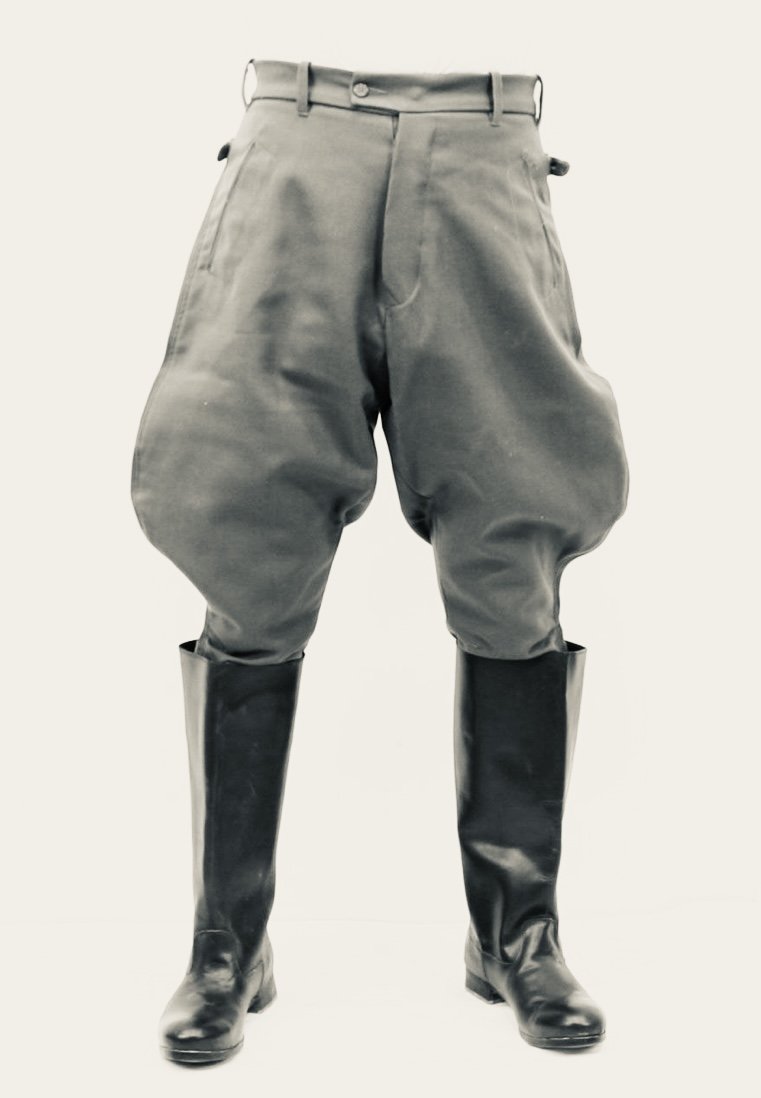From an early age, Denise Seine-Schuß expressed a keen interest in fashion. Her father was the driving force behind the evolution of her nascent enthusiasm, and at just fifteen she was instrumental in assisting him in the creation of one of Berlin’s most influential underground fashion brands. In the early 1930s a commercial tie-in with Hugo Boss proved to be the catalyst for exponential growth of the company she had helped her father create.
Although not part of the retail face of the consortium, Denise ‘s design work attracted the attention of fashionistas from across both the social and corporate spectrum, and garnered the adoration of many in the higher echelons of German society. Indeed, some of her greatest admirers could be found in military and political spheres, the Nazi party being one of her most prominent advocates. Hitler himself was a huge fan, extolling the virtues of her work and insisting that she was a key member of his clothing design steer group; the team responsible for the creation of the majority of the uniforms adopted by the Waffen SS, and the wider German military apparatus.
Denise’s designs could often be radical and somewhat left-of-field. A particular design of note, and what she often referred to as the ‘Inverted Flare’, were the black or grey woollen trousers adopted by senior ranked members of the SS. These Nazi trousers, which were extremely broad at the top, tapering into a narrow lower leg, were designed to facilitate two extremely vacuous side pockets that could be filled with looted trinkets, diminutive artworks, gold teeth, and other equally valuable items.
Of course, looting was a pastime often enjoyed by the Nazis, particularly during World War Two, and these trousers proved to be the perfect accessory. When each ‘pocket-sack’ was full, the entire upper trouser-width was deployed to accommodate its contents, the relatively thin material barely masking the swag within; somewhat akin to a hamster storing nuts in its cheeks for later use. And just like a hamster, when fully laden, a typical SS officer would feign innocence whilst knowingly packing other peoples junk close to their junk.
Sewn into the waistband of each pair was a label which read ‘Pants Herr’ which, literally translated means ‘men’s trousers’. It is widely thought that this is the derivation of the name ‘Panzer’, the term used for Germany’s highly successful heavy battle tank. The reason for this being that when viewed head on, the Panzer tank, with its narrow tracks, wide flanks, and protruding canon, resembled an SS officer wearing the inverted flare trouser with an open fly; a view often seen by young Hitler Jugend recruits before the Panzer zipped by, firing off in all directions.
Time was obviously not kind to the Nazis, their antics sullying the designs proffered by Denise and her counterparts in the fashion industry. Once the war was concluded, she set up a small footwear design shop in a village in the Tyrol mountains. The shop, which is branded simply using her own name, ‘D. Seine-Schuß’, is there to this day and offers bespoke ski-related footwear to rich tourists.
Despite its solid factual basis, there are many historians who would dispute the above and provide the counter argument that the trousers preferred by SS officers were in fact, merely a form of riding jodhpur, and that could also be right.
